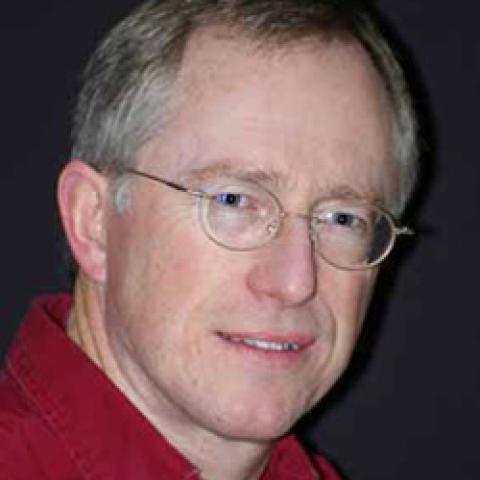
After 22 years of service as director of music at Christ Church Cathedral, Montreal, and 58 years in the profession, Patrick Wedd retired at the end of June 2018. At the cathedral he was responsible for three choral services each Sunday—two Eucharists (one in English, the other in French) and choral Evensong. Under his direction the Cathedral Singers presented music from medieval times to the present day, and had commissioned and premiered many settings.
Wedd was born in Ontario and holds degrees in organ performance from the Universities of Toronto and British Columbia. While living in Vancouver for 16 years he worked in the areas of early and new music, and played frequently with the Vancouver and Canadian Broadcasting Corporation orchestras. He was director of music for 11 years at Vancouver’s Christ Church Cathedral.
In 1986 he moved to Montreal to assume artistic directorship of the Tudor Singers, one of Canada’s then four professional chamber choirs. With them he concertized, toured, and recorded, and collaborated with Montreal performing organizations. Wedd founded the semi-professional choir Musica Orbium, which recently celebrated its 25th anniversary.
He has concertized extensively in North America and England. He played the opening recital on the first Casavant organ to be installed in Australia and played the first solo recital on the Gabriel Kney organ of Roy Thompson Hall in Toronto. He concertized and hosted frequently for the CBC and recorded the Poulenc and Jongen concertos with the Calgary Symphony Orchestra, NAXOS discs of music for organ and trombone with Alain Trudel, as well as organ works of Healy Willan. He has composed for the church, including anthems, Masses, canticles, and hymns.
Wedd served on the national committee that assembled the latest hymnbook for the Anglican Church, Common Praise. He was also artistic director of the Montreal Boys’ Choir Course (now the Massachusetts Course) for over 20 years, the longest continuously running summer course of the RSCM anywhere in the world.
In recognition of his contribution to the worlds of organ and liturgical music he received an honorary Doctorate of Divinity from McGill’s Diocesan College and an honorary Fellowship of the Royal Canadian College of Organists. At his retirement he also received the President’s Award of the RCCO Montreal Centre.
A weekend celebration was held in Montreal in June, including concert and liturgical performances of the Stravinsky Mass with instruments and choral Evensong featuring music by Britten, Howells, Gabriel Jackson, Paul Halley, and Wedd. Patrick Wedd plans to continue concertizing and composing and will continue conducting Musica Orbium.
Photo credit: Jonathan Sa'adah



